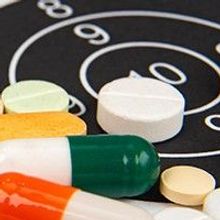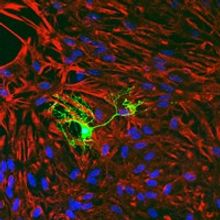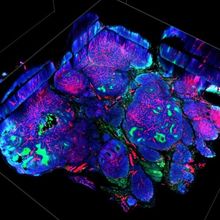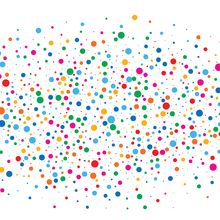It was the wonder drug of the 20th century: A yellow liquid that seeps from the spores of the Penicillium fungal mold and contains a compound that shatters the cell walls of bacteria responsible for common diseases such as pneumonia, strep throat, scarlet fever, syphilis, and meningitis. With steep reductions in human mortality rates and drastic improvements in quality of life, penicillin may very well be one of mankind’s greatest discoveries.

Interested in reading more?
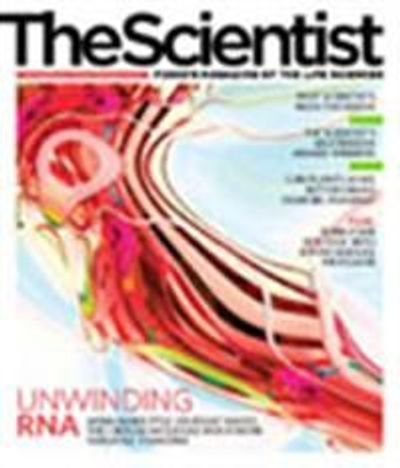
Become a Member of
Receive full access to digital editions of The Scientist, as well as TS Digest, feature stories, more than 35 years of archives, and much more!
Already a member?
